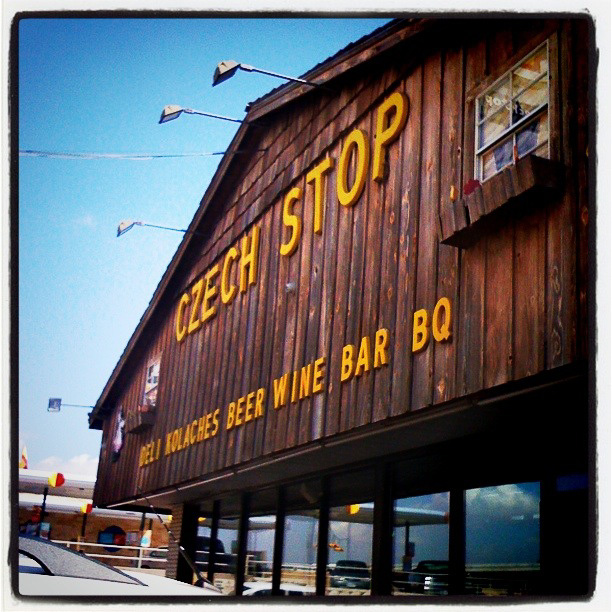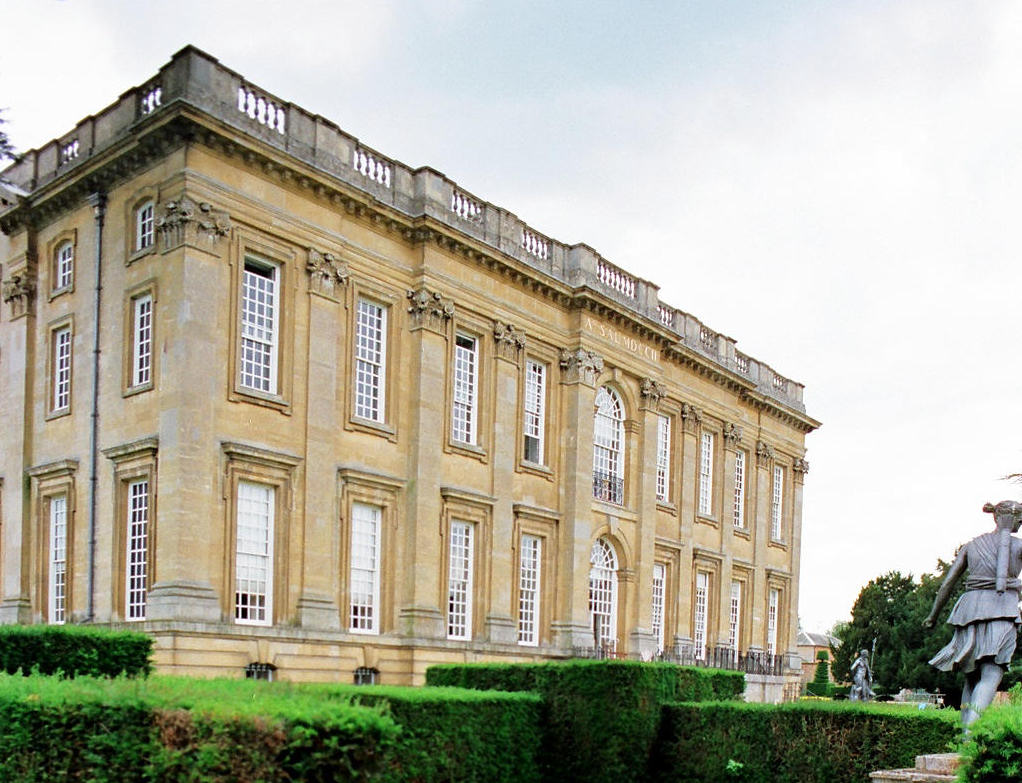I spotted South Street in Manly, Iowa as I wrote Even More Manly Places. Ordinarily that wouldn’t generate much attention. For some reason I found it entertaining to see a South with an east and a west. One could go to East South or West South, although apparently nowhere southeast or southwest. Ditto for North Street, and a similar situation for East Street. Oddly, Manly didn’t seem to have a West Street. I’ve run into similar situations like this in plenty of other places and I always smile. I don’t know why I fixated on it more than usual this time.
I’m sure the street names all came from their geographic alignment throughout town. However, each of those could be surnames too, theoretically although not likely. I went completely down a tangent and started thinking about that possibility anyway. Way too much.
Frequency
Fortunately the United States Census Bureau published a file that offered hours, well minutes, of entertainment. Doesn’t everybody love leafing through a table of Frequently Occurring Surnames from the 2010 Census? Then I checked the etymology of directional surnames. They all seemed to relate to ancestors who lived in a particular direction away from a larger town or region. People named West lived to the west. You get the picture.

Frequency variations definitely existed.
- West seemed particularly popular. It ranked as the 125th most frequent surname in the U.S., with nearly two hundred thousand instances. Variations trailed from there. Westerman ranked 6,620, Westman ranked 11,257 and Western ranked 11,395.
- Next in popularity, and much farther down the list came North. It ranked 1,766th, with about twenty thousand people. Northern ranked 8,981.
- East followed in 2,843rd place with about twelve thousand people. However the variation Eastman actually scored higher, ranking 2,162. Easterly trailed with a rank of 12,593
- South fell at the back of the pack at 3,231, and eleven thousand people. Southern ranked 4,587 and Southward ranked at 23,120. Southward presented a bit of an anomaly. Every other directional surname aligned almost exactly with people who identified as white. By contrast, about a third of the people named Southward identified as African-American.
Then I hoped to find a place for each direction, named for an actual person with that surname rather than its geographic position. I already discussed the wonderful North, South Carolina in North AND South so I set north aside. I didn’t find a South anywhere, although that didn’t surprise me given the frequency of the surname. That left West and East.
More West

I created a little game around the West surname a few years ago. That reflected its overall popularity. This time I searched for an actual West and I found it in Texas. The name could be confusing. West, Texas (the city) was not the same at West Texas (the region). In fact West, along Interstate 35 between Dallas/Ft. Worth and Waco, probably fell a little bit to the east of the West Texas region by most interpretations. Everyone seemed to have a different definition of West Texas. That didn’t help.
According to the City of West,
“The Katy Railroad was laid between Hillsboro and Waco in the fall of 1881. The path of the railroad cut through land owned by Thomas West. Czech immigrants came to the area purchasing the rich lands to farm and start a fresh life in the new world. They also opened businesses sharing their European culture. By the 1890’s the Czech businesses flourished in West.”
That legacy of Czech immigration still existed in West. Businesses such as the Czech Stop and Little Czech Bakery (map) combined both cultures and offered kolaches and barbecue. Kolaches, I learned, were a type of fruit pastry brought to the area by those Czech immigrants. Residents also emphasized their cultural heritage each Labor Day with a Czech polka festival called Westfest.
Easton

I couldn’t find a town of East, however I remembered a town on Maryland’s eastern shore called Easton. Unfortunately the name derived from its position east of St. Michaels. Oh well.
Other Eastons existed. Maybe that some offered hope. I pulled a few threads on the history of Easton, Pennsylvania (map) and I found an intriguing if convoluted story. Thomas Penn, son of William Penn who founded Pennsylvania, married Juliana Fermor in 1751. The next year a growing town in Pennsylvania needed a name so Penn suggested Easton. Fermor grew up on an estate owned by her father, the 1st Earl of Pomfret, called Easton Neston in Northampton, England (map). The newly established town in Pennsylvania became Easton, in the newly established county of Northampton. That worked out nicely. Problem solved.
However it created another mystery in my mind. Easton Neston seemed to be a rather unusual name for an estate. Actually, it simply borrowed the name from a local church parish, which in turn borrowed the name from a town that existed there for more than a millennium. The town faded away over time although the parish remained, as did the estate. The only reference to its etymology seemed unreliable although I’ll still provide it: “Easton Neston in Northamptonshire gets its name from Old English Eadstanestun ‘settlement of Eadstan’, a personal name composed of the elements ead ‘prosperity’, ‘riches’ + stan ‘stone’.”
It sounded good enough to me.

Leave a Reply